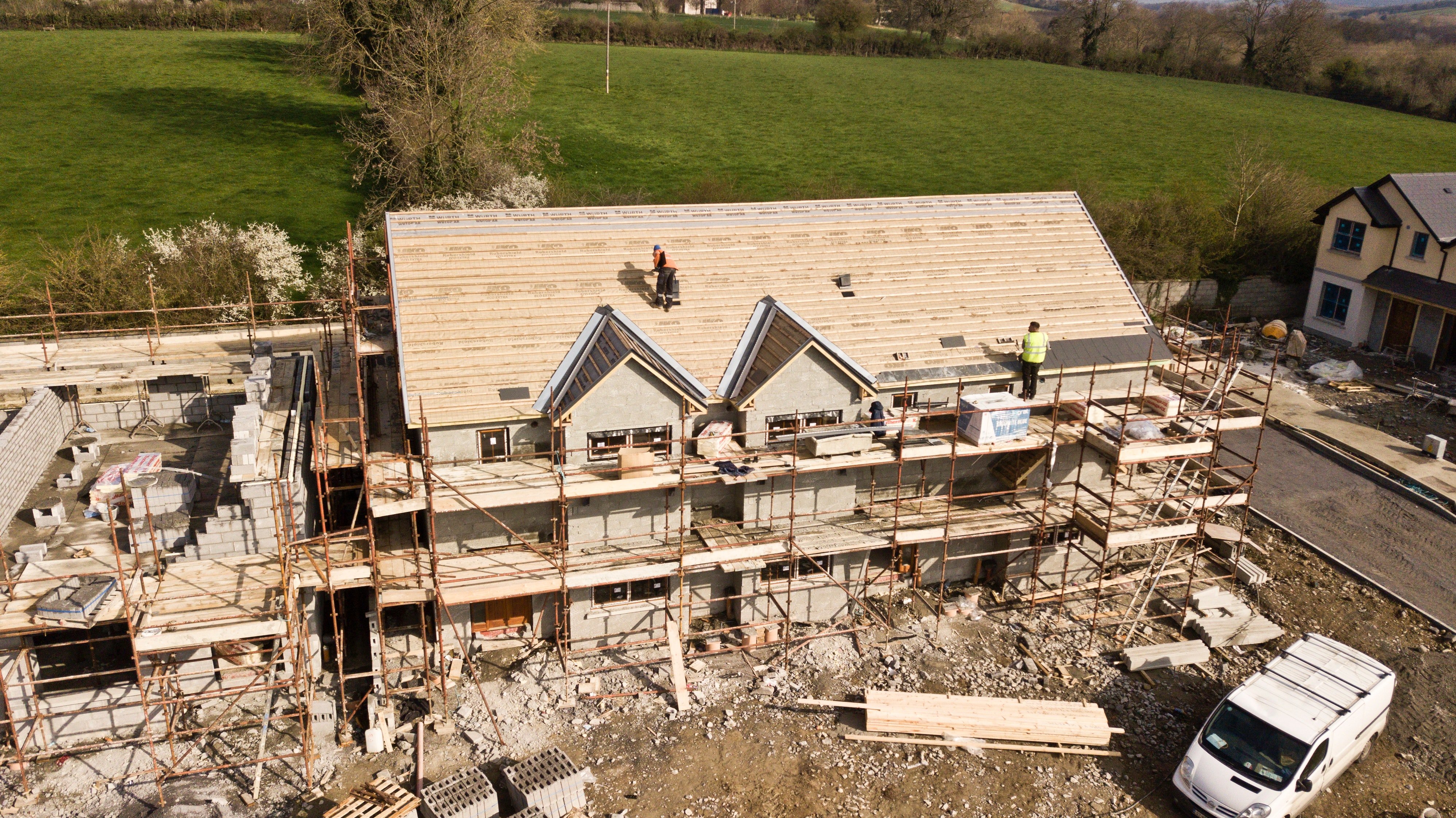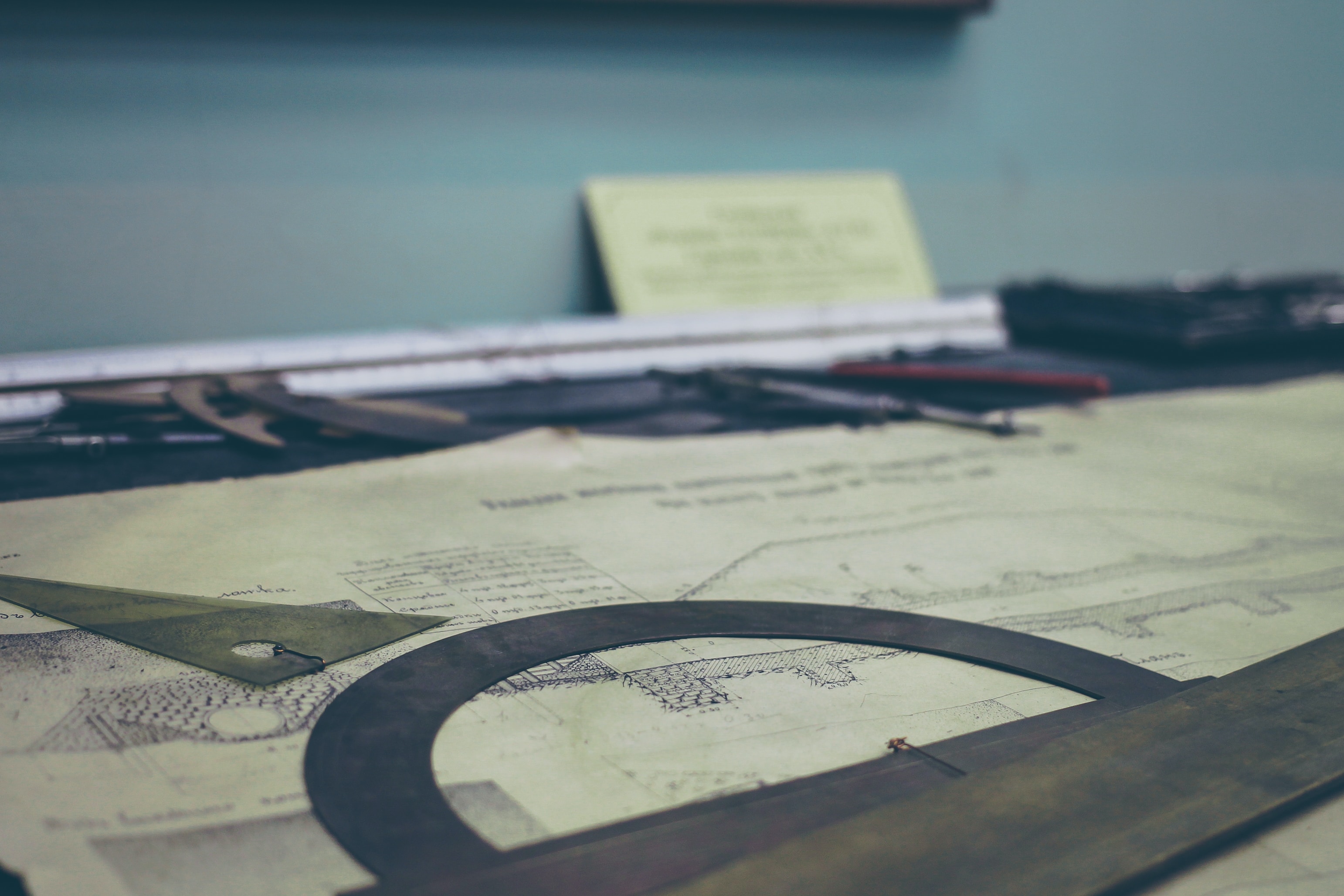In the realm of software development, legacy applications are akin to old houses. They've weathered time, seen numerous residents, and undergone countless modifications. These systems, built over years or even decades, accumulate layers of code, much like the layers of paint on an old building's walls. Just as an architect would need a detailed blueprint of an old house before making renovations, development teams grapple with the challenge of deciphering the intricate blueprints of legacy systems.
Without a clear visualization, these systems can become black boxes, where changes are risky, and understanding is limited. This underscores the importance of creating and maintaining visual maps, not just as a one-time exercise but as a recurring practice, to illuminate the inner workings and interdependencies within these applications.
Clarity amidst complexity
Complex systems—especially those that have evolved over long periods—often resemble a tangled web of intertwined components. As these systems grow and adapt to changing business needs, they can become increasingly convoluted, with patches, workarounds, and layers of code added over time. This complexity can obscure the original architecture, making it challenging for developers to understand how different components interact or to identify potential inefficiencies. Visualizing the architecture with detailed blueprints provides a clear, bird's-eye view of the entire system. This clarity is invaluable, especially when considering updates, integrations, or optimizations. By regularly updating these blueprints, teams ensure they always have an accurate map to navigate the evolving landscape of the application, reducing the risk of unintended consequences from changes and enabling more strategic decision-making.
Faster onboarding and continuous learning
Introducing new team members to complex applications can be like handing them a puzzle without the picture on the box. Legacy systems, with their intricate interdependencies and unique quirks, present a steep learning curve for newcomers. Without a clear architectural overview, new developers might spend weeks or even months trying to understand the system's structure, leading to delays in project timelines and increased onboarding costs. Moreover, without a clear map, they might inadvertently introduce errors or inefficiencies, as they might not fully grasp how their changes affect other parts of the system.
A detailed application map, on the other hand, serves as a foundational guide. It offers a visual representation of how different components interact, the flow of data, and the system's overall logic. This visualization accelerates the onboarding process, allowing new team members to quickly grasp the system's intricacies[1]. It also serves as a reference point for more seasoned developers, ensuring that everyone on the team has a consistent understanding of the system as it evolves. In essence, a well-maintained architectural blueprint not only shortens the onboarding time but also fosters a culture of continuous learning and collaboration within the team. That’s why, Google, with its vast array of products and services, emphasizes the importance of clear architectural documentation[2].
[1] Babar, M. A., & Gorton, I. (2017). "Relating System Quality and Software Architecture in Real-world Software Systems". Journal of Systems and Software
[2] Google's Approach to Service Management: Site Reliability Engineering." Google SRE Book, 2016. https://sre.google/sre-book/table-of-contents/








SHARE